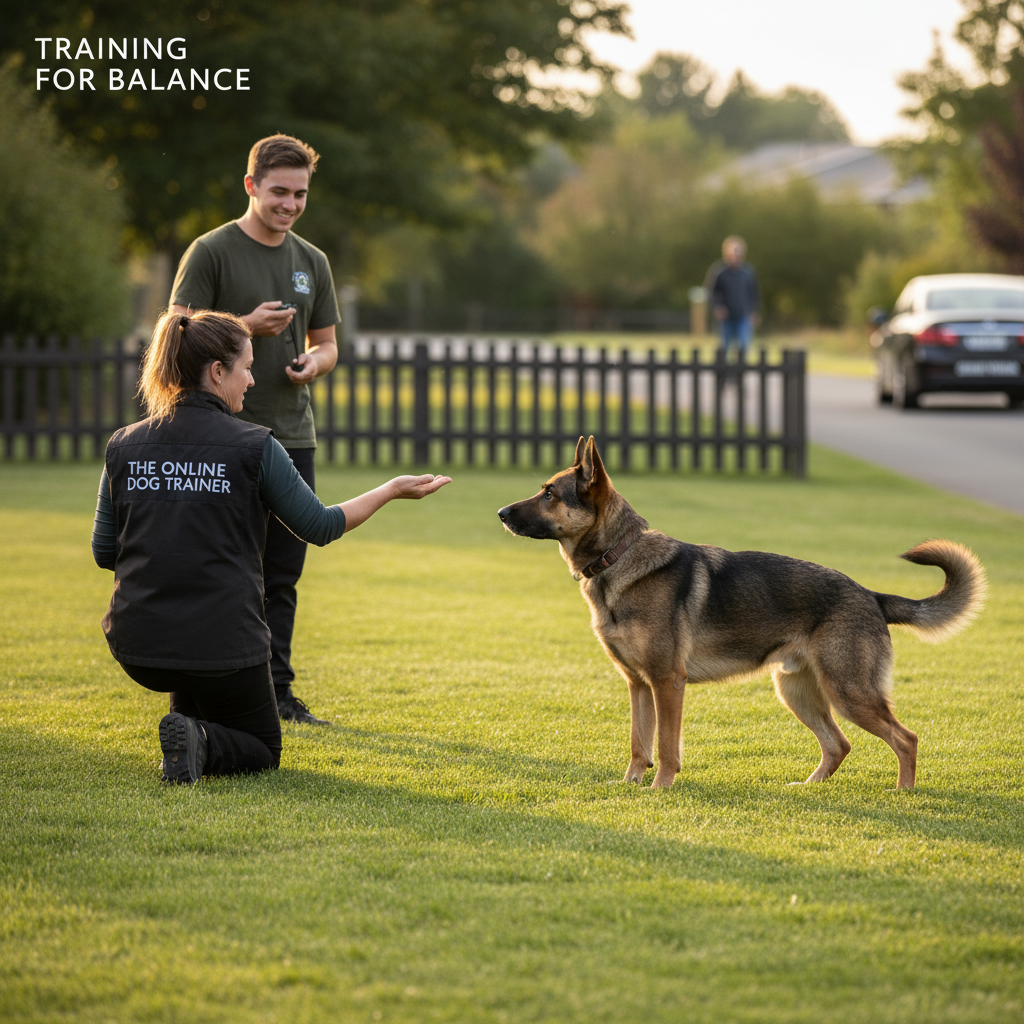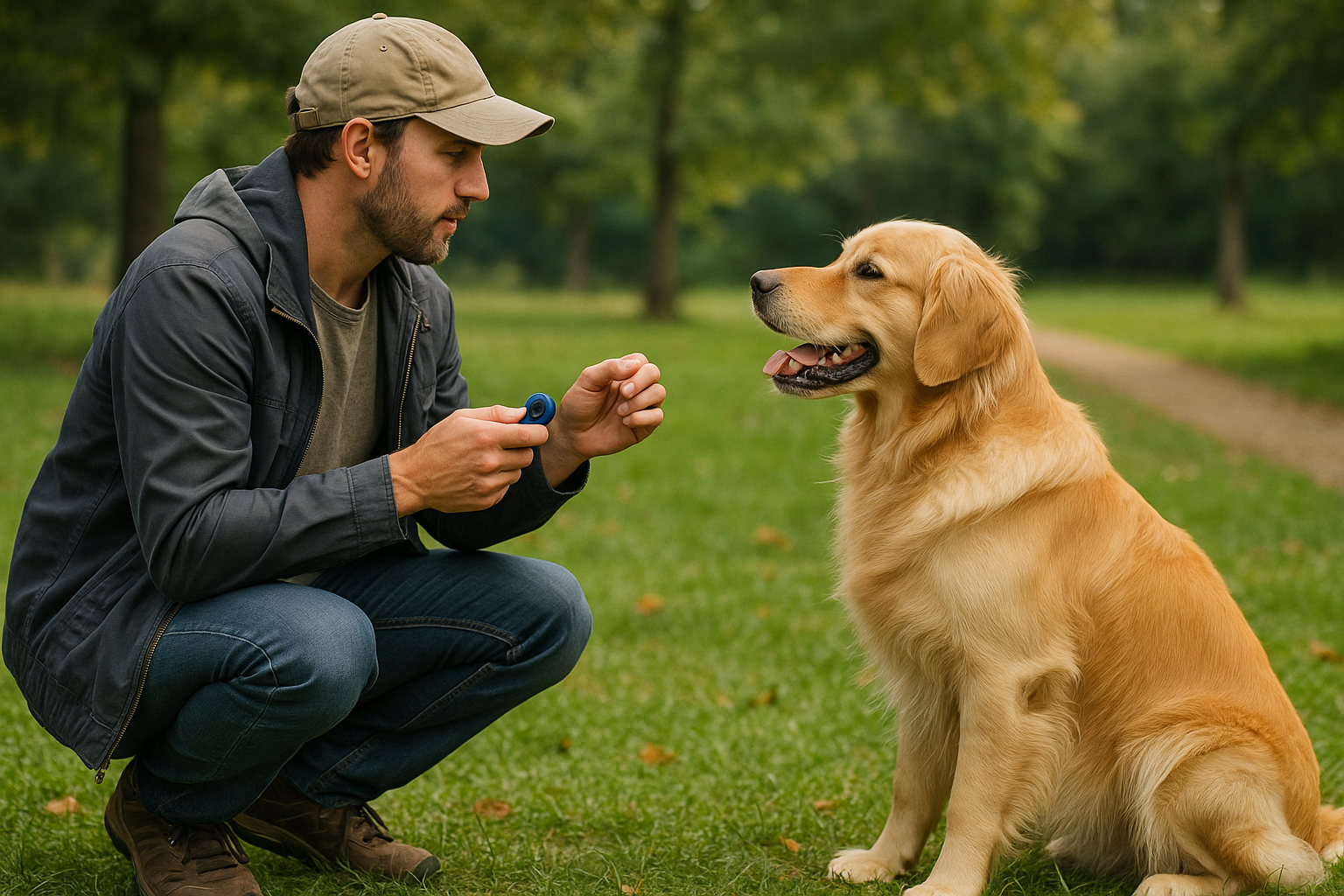October 5, 2024 by Tim
The world isn’t always a safe place, but having a trusty canine can bring peace of mind like nothing else. A well-trained guard dog isn’t just a loyal companion; it’s a proactive defender of your home and loved ones.
When it comes to securing your property, families often seek both a physical and psychological deterrent. While alarm systems and cameras have their roles, there’s something impressive about a dog trained to protect. It’s the rare combo of intuition, strength, and a responsive nature that makes them unique.

Training a guard dog is no walk in the park. It’s a serious responsibility that demands patience, commitment, and an understanding of these intelligent creatures. The payoff, however, is huge—an excellent guard dog provides reliable protection while also being a beloved member of the family.
Whether it’s deterring trespassers or alerting you to potential threats, guard dogs are a powerful means of boosting security. But remember, it’s not just about creating a watchdog; it’s about fostering a loyal protector that respects boundaries and knows when to spring into action.
Understanding Guard Dogs
What exactly makes a guard dog stand out from the pack? It starts with their distinctive traits: loyalty runs deep in these dogs, coupled with an instinct to protect. These traits aren’t just fluff; they’re crucial for a dog whose job is to safeguard you and your property.
Certain breeds are known for their protectiveness and strength, such as German Shepherds, Rottweilers, and Dobermans. These breeds are top choices thanks to their agility, intelligence, and natural alertness. Their trainability and dedication make them reliable in various situations.
Never forget: every dog is an individual, and their success as a guardian is influenced by how they are raised and trained. Tailoring training to suit their personality enhances their natural instincts and ensures they become both protector and pal. Keeping them well-groomed and confident also matters—learn more in Dog Grooming Guidelines.
Basic Guard Dog Training Techniques
Obedience training is where it all kicks off for any guard dog. Teaching your dog basic commands like “sit,” “stay,” and “come” lays the foundation. These aren’t just tricks; they’re essential life skills that make your dog responsive and alert to your guidance. Consistency and positive reinforcement are key—check out Brain Training for Dogs for fun ways to strengthen obedience through mental challenges.
Boundary training is another vital component. Your pup needs to understand the area they’re protecting. Walk them around the perimeter regularly, reinforcing boundaries with calm, confident guidance. For owners working with rescues, Behavioral Training for Rescue Pets provides helpful techniques to build trust and responsiveness.
Teaching your dog to bark on command might sound simple, but it’s crucial. It ensures they alert you to real threats without constant noise. See Stop Nuisance Dog Barking for clear strategies to manage barking responsibly.
Advanced Guard Dog Training Techniques
Training your dog to act on command is serious work and shouldn’t be done without guidance. If possible, collaborate with professionals such as those recommended in The Online Dog Trainer Review to ensure humane, controlled instruction.

Target training refines precision. Your dog learns to focus on real threats without overreacting. This helps prevent unnecessary aggression, supporting the ethical balance between protection and restraint. Regular exposure to new environments—like short road trips—can improve adaptability, as explained in Avoiding Travel Trauma: Preparing Your Pet for Their First Trip.
Patrol training adds another layer of security. By teaching your dog to patrol specific areas or perimeters, they become alert and aware of unusual activity. Reward calm confidence, not aggression—an essential trait in a reliable guard dog.
Maintaining Guard Dog Temperament and Health
Guard dogs need more than training—they need balance. Regular exercise keeps them fit, while Mental Stimulation for Your Senior Dog offers ideas that work beautifully for all active breeds.
Nutrition matters too. A balanced diet that matches your dog’s size, breed, and energy output supports long-term health. Good care practices reflect your Responsibilities as a Pet Owner and ensure a happy, dependable protector.
Socialization also plays a key role. Introduce your dog to different people, pets, and environments so they can tell the difference between friend and foe. Even lessons from Effective Ways to Socialize Rescue Cats can apply here—exposure builds discernment and confidence.
Ethical Considerations in Guard Dog Training
Owning a guard dog carries significant responsibility. It’s vital to balance protective instincts with ethical, compassionate training. Harsh methods can cause fear or unwanted aggression, undermining trust. Learn from humane behavioral approaches like those in Managing Aggression in Cats—the same empathy applies to dogs.
Emphasizing control and restraint ensures your guard dog operates safely and predictably. Ethical handling fosters loyalty, confidence, and a dependable partnership between you and your canine protector.
Conclusion and Commitment to Responsible Guard Dog Training
Training a guard dog goes beyond teaching commands—it’s about forming a secure and respectful bond built on trust and guidance. Responsible ownership means ongoing care, consistent training, and an unwavering commitment to your dog’s well-being.
By blending obedience, health, socialization, and ethical training, you create a loyal companion and reliable defender. To learn more about your broader pet-care duties, visit Responsibilities as a Pet Owner.
A well-trained guard dog is more than a deterrent—they’re family, offering both protection and unconditional loyalty.


